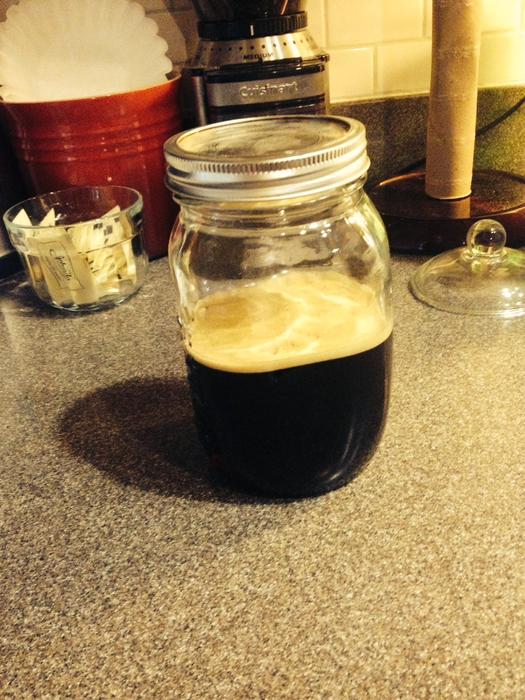lol - Good luck on that patience thing...
I brewed an ESB in early July and it's been in the keg for about two weeks. I plan to tap it August 23rd for a BBQ party, and I'll post the results.
My earlier ales were very sweet and full-bodied but I have successfully made them a bit drier to my taste by keeping my mash temperature @ 149 and making sure that I have an adequate amount of yeast to pitch. I always stir plate my yeast and have gotten into the habit of oxygenating the wort before pitching.
I have read that adding sugar to the wort just after the boil can increase attenuation but so far I have not needed to add it; as an experiment though, I think that the next time that I brew an ESB I may add 8 oz of cane sugar or invert sugar and see what results.
Good luck on your ESB and let us know how it turned out.
Sugar will certainly help attenuation - but you will only get a dire beer if you substitute sugar for some of the malt extract. Simply adding sugar on top if an existing recipe will only boost the ABV.
Sent from my iPhone using Home Brew






























![Craft A Brew - Safale S-04 Dry Yeast - Fermentis - English Ale Dry Yeast - For English and American Ales and Hard Apple Ciders - Ingredients for Home Brewing - Beer Making Supplies - [1 Pack]](https://m.media-amazon.com/images/I/41fVGNh6JfL._SL500_.jpg)





























